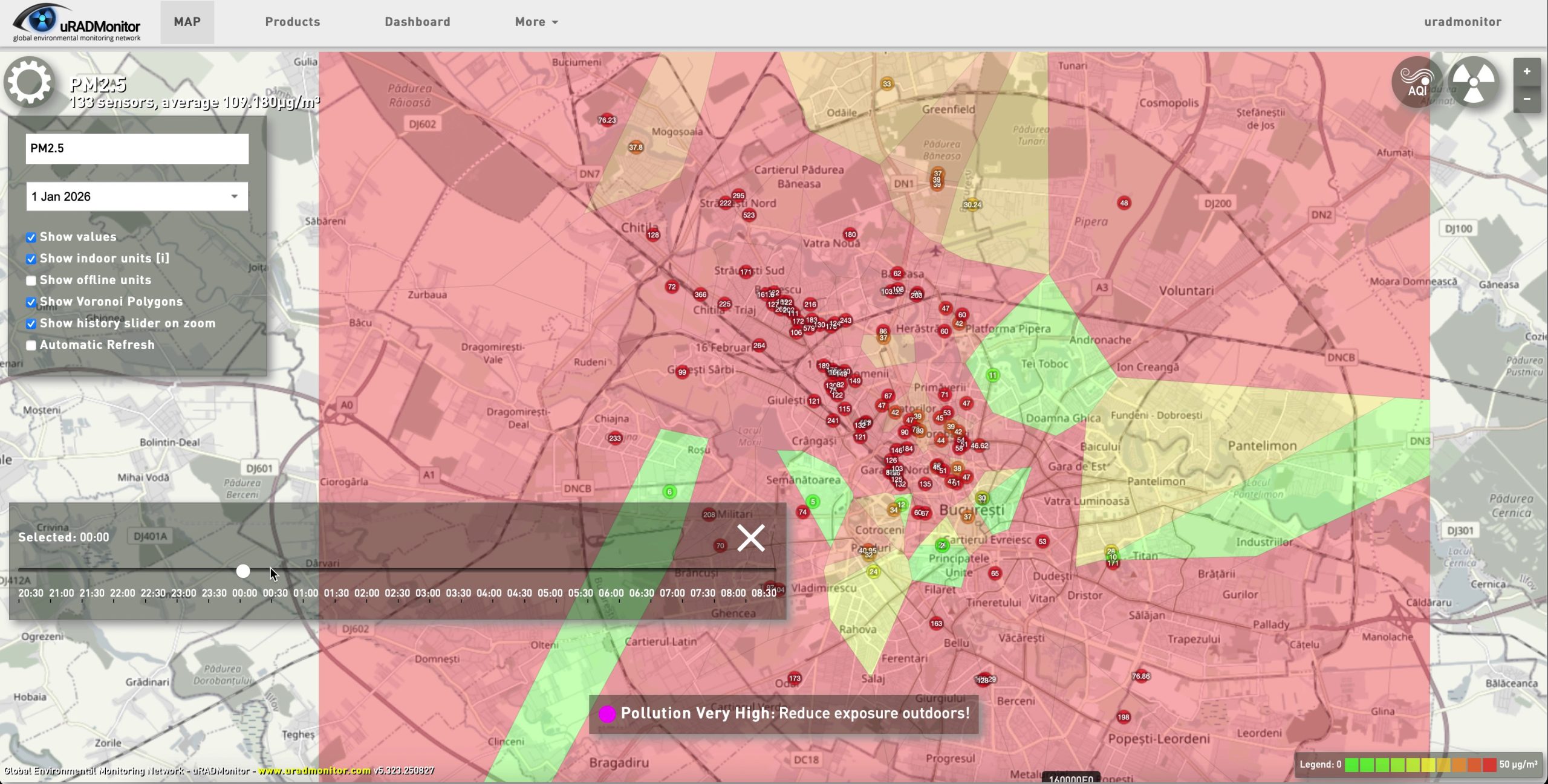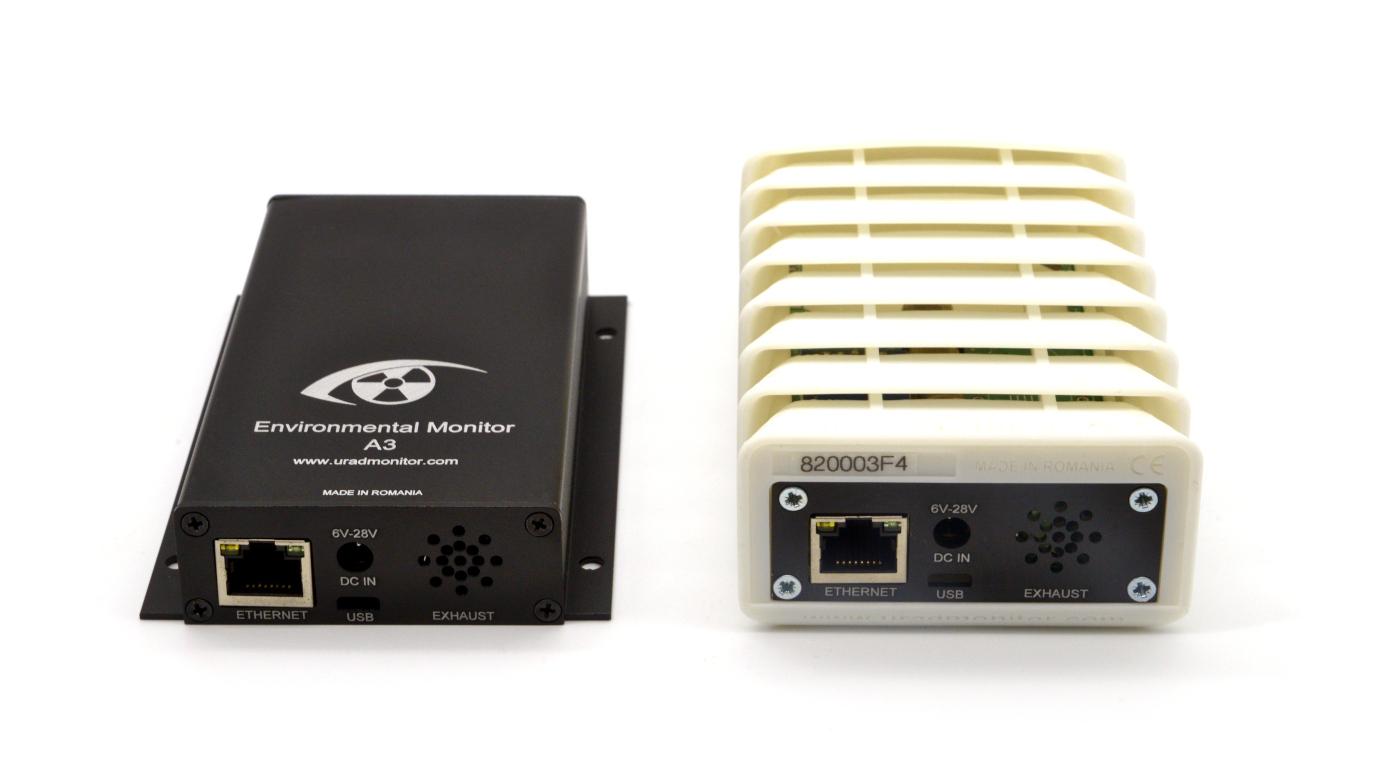Hi everybody,
My first post here to develop my answers in the forum about how to upgrade the firmware and get the local data to create some graphics. The upgrade procedure has been explained by Radhoo in a previous post, but I will add my little grain of salt.
My experience is on Win 7 64 bit. I bought a Chinese USBasp adapter on ebay, I went for the cheapest one that supported 3.3V and featured a 2×4 pins connector. The shipping may take up to a month with those dealers, you’ve been warned. An other thing to be aware of is that the connector may not have the same orientation as another model (more on that later).
- DON’T CONNECT ANYTHING YET
- Download the USBAsp libusb_1.2.4.0 drivers from Thomas Fishi’s website (local mirror 345ko)
- Download avrdude 6.0.1 from the official website (local mirror 505ko)
- Ask for the updated firmware directly from radhoo by sending an email containing your device’s ID to
 (each device needs a custom firmware containing its ID)
(each device needs a custom firmware containing its ID) - Disconnect and unscrew the 4 screws from the front panel (the side with the RJ45 and power connectors). Slide the board by pulling it gently forward.
- Connect your USBasp to the uRADMonitor board, but be super-extra carefull about the direction of the connector. You can’t trust a photo of another adapter to select the orientation of your connector, it may be inverted. To be perfectly sure, I traced the ground from the USB connector of the USBasp to the power connector of the uRADMonitor (remember, they are only connected together, but to nothing else yet).
Notice that I marked the +5V (Red) and Ground (Black) pins on the USB Connector. Using a multimeter, I then followed the ground signal all the way to the outer barrel of the power plug of the uRADMonitor or other known ground pins (the one on the ethernet daughter board is easier to access).
- You can now connect the USBasp to your computer, When it asks for drivers, you can point it to the libusb_1.2.4.0 folder. It is an unsigned drivers, under Win 7 your computer may ask in a red window if you are sure about the drivers, answer yes; on Win 8 you may have to disable drivers signing (the procedure is explained here or here for Win 8.1).
- Copy the firmware sent to you by email in the folder where you extracted avrdude. Then open a command prompt as administrator in avdude’s folder.
- Run the upgrade (replace uradmonitor-120000xx.hex with your firmware file name)
avrdude -p atmega328p -c usbasp -U flash:w:uradmonitor-120000xx.hex:i - It will output something like this (notice the warnings, they are harmless) :
D:\avrdude-6.0.1-mingw32>avrdude -p atmega328p -c usbasp -U flash:w:uradmonitor-120000xx.hex:i
avrdude: warning: cannot set sck period. please check for usbasp firmware update.
avrdude: AVR device initialized and ready to accept instructions
Reading | ################################################## | 100% 0.01s
avrdude: Device signature = 0x1e950f
avrdude: NOTE: "flash" memory has been specified, an erase cycle will be performed
To disable this feature, specify the -D option.
avrdude: erasing chip
avrdude: warning: cannot set sck period. please check for usbasp firmware update.
avrdude: reading input file "uradmonitor-12000013.hex"
avrdude: writing flash (16882 bytes):
Writing | ################################################## | 100% 10.19s
avrdude: 16882 bytes of flash written
avrdude: verifying flash memory against uradmonitor-12000013.hex:
avrdude: load data flash data from input file uradmonitor-12000013.hex:
avrdude: input file uradmonitor-12000013.hex contains 16882 bytes
avrdude: reading on-chip flash data:
Reading | ################################################## | 100% 9.01s
avrdude: verifying ...
avrdude: 16882 bytes of flash verified
avrdude: safemode: Fuses OK (H:07, E:DF, L:DC)
avrdude done. Thank you.
D:\avrdude-6.0.1-mingw32> - You can now unplug everything, re-mount the board into the case, re-screw the front cover, replug the uRADMonitor into your network.
- Once the board has gotten it’s DHCP address (it shouldn’t be different from the one it got before the firmware upgrade), you can connect to it using your web browser by typing its address as url (mine is 192.168.0.66).
- You can also get a json output by navigating to the /j page
- Now you can request the data from a script to graph the data using RRD on linux
For inspiration here is my script that generated the this graph (you need rrdtool and curl installed on your linux machine) : Pixel_K-RRDuRADMonitor.zip, you will need to adapt it to your local folders and add it to your crontab (run it every minute).
I hope this will be helpfull,
Regards,
Pixel_K




Thanks for the RRD Graph script! I’ve picked it apart and set up the same thing on my pfsense firewall. Since curl is by default not in the pfsense distro, I’ve replaced it by fetch. The resulting shell scripts can be found here: http://mipsroth.blogspot.ch/2015/04/notes-on-uradmonitor-local-rrd-graphs.html